The all-new Hyundai Santa Fe takes a sharp turn into the future with a bold new inspired design that has polarised opinion. Should we not judge this book by its cover? We drove it in South Korea.
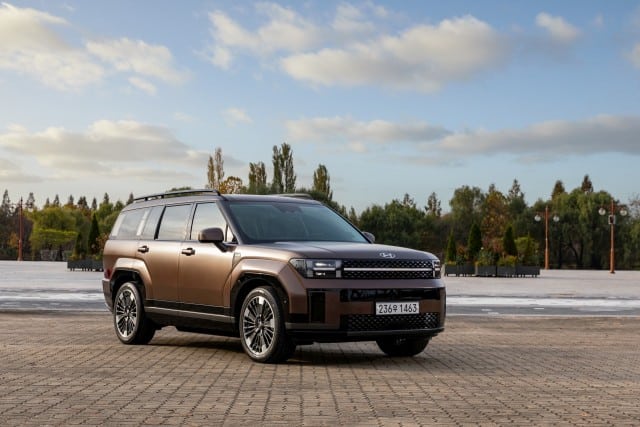
Story: Jim Gorde
Photography: Hyundai Motor
The “Santa Fe” name is not new to India, Hyundai having sold some previous generation models here, including the potent 2.2 CRDi turbo-diesel version from the “Fluidic” design era in which I travelled across the length of the country back in 2014. It was a capable car then and, now, oh, how right have Hyundai got it!
Agreed, the looks of the may not go down well with everyone but, then again, the age-old saying is what matters is what’s on the inside. And that’s where the new Hyundai Santa Fe truly excels. Of course, the exterior is still a very modern take; replacing what was an already radical design approach on the “Parametric” model. Codenamed “MX5” the new Santa Fe raises the game with its revamped styling, joined by a premium and properly spacious interior with high-quality material and top-shelf equipment. Besides, it also packs a comprehensive suite of advanced driver assistance features that enable Autonomous Level 2 capability. But that’s not the whole story. It never is. With each new Hyundai these days, there is always some bar that tends to be raised that isn’t evident at first glance.
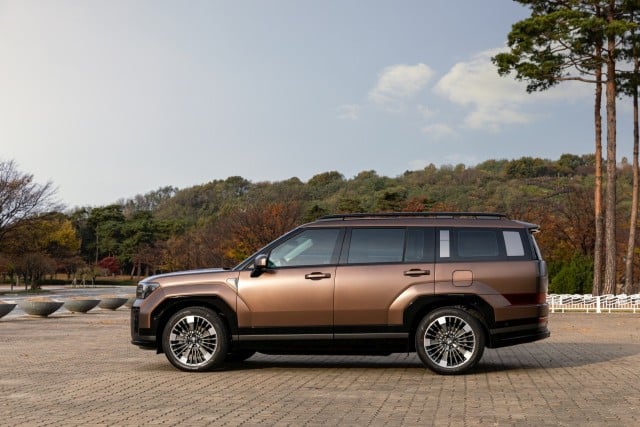
We’d be driving the new Hyundai Santa Fe in a petrol-auto-FWD guise but, here in Seoul, there are smooth roads, only some road works, and the total number of speed-humps over the 140-kilometre route we’d be on could be counted using one’s fingers. So, yes, a two-wheel-drive, full-size, seven-seat SUV that looks like a Ford Flex-Range Rover mash-up, with a turbo-petrol is not something most would expect to see in India—especially with those multi-spoke 21-inch wheels. Nevertheless, we had the 2.5 Turbo and, on paper at least, the numbers looked promising.
The new Hyundai Santa Fe adopts a rectangular design language with the prominent “H” signature evident in the head- and tail-light clusters—as with its little i10-based sibling, the Exter. The size is significantly more, of course, with the body on a 2,815-millimetre wheelbase and a total length of 4,830 mm. It’s 1,900 mm wide and as much as 1,780 mm high, with the roof-rails. It also runs 21-inch wheels with Pirelli Scorpion 245/45 rubber. In this spec, it tips the scales at a portly 2,155 kg. The last model here, the big diesel, in similar 4×2 AT guise, weighed just below two tonnes (kerb). This is larger: 140 mm longer, with a 115-mm longer wheelbase as well. That liberates plenty of room inside and makes for a usable three rows of seats. We have the seven-seater to drive here in Seoul, but, like the Alcazar, there is also an option of six seats with captain seats in the second row as well.
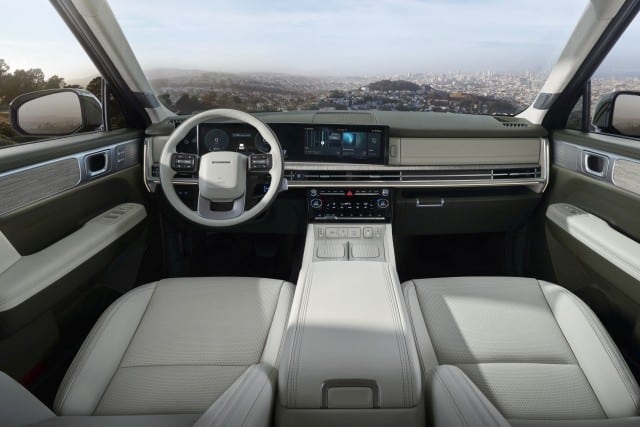
The cabin looks, feels, and—clearly—is premium. There are no signs of attempts to keep costs in check. The large, sweeping curved display comprising two seamless screens is angled towards the driver and the whole set-up, though it’s a more daily-driving oriented car, seems to have more than a touch of luxury. The appointments stand out with the theme flowing through the cabin. Full marks for execution. Even the upholstery on the seat-backs bears the “H” signature. The comfort, both front and rear, is excellent. Rear passengers have the benefit of a-c vents and a pair of USB Type C charging ports embedded into the front seat-backs. Plus, there is a two-way opening centre arm-rest with storage underneath It feels like a thoughtfully designed car. Then again, Hyundai have exuded that vibe in everything from the i20 hatchback to the Ioniq 5, so there’s no doubting they have their priorities in perfect order.
Also read: Hyundai Ioniq 5 N Review
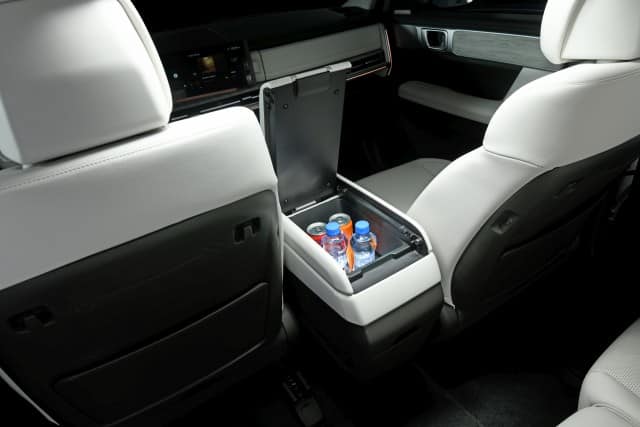
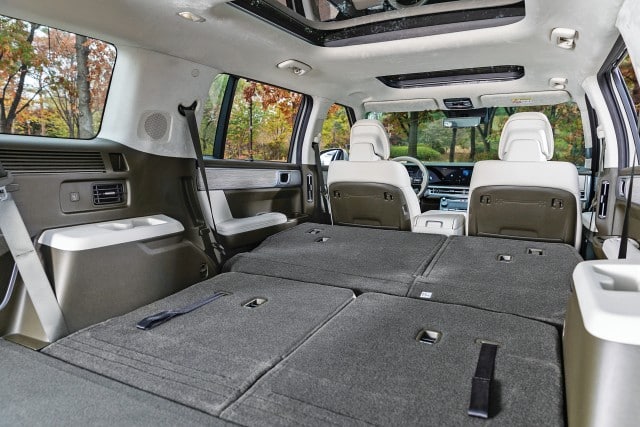


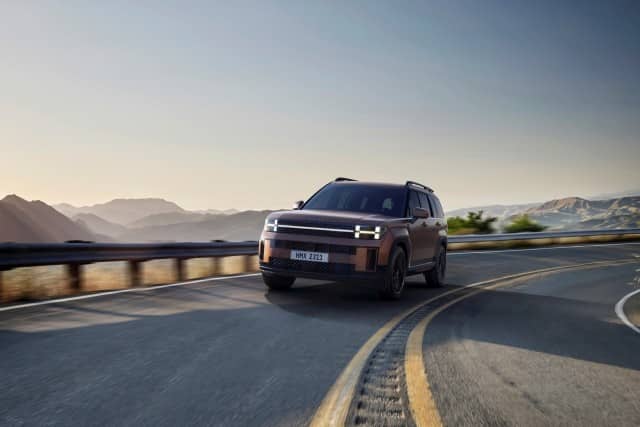


















Leave a Reply